H1 2021 – FTTP Broadband Reaches 93 Percent of UK New Build Homes

The latest H1 2021 study of UK broadband coverage in new build homes has indicated that 92.8% of houses constructed during the first half of this year were connected to a “full fibre” (FTTP) ISP network (up from 90% in H2 2020), which rises to 98.6% for 30Mbps+ “superfast broadband” services (up from 98.3%).
The situation, as revealed by Thinkbroadband‘s latest independent model (examination of new build postcodes), is clearly improving, but we’d always recommend that those purchasing a new build home get the property developer to confirm, in writing, what kind of broadband connectivity you can expect to receive before handing over any money. On top of that, it’s worth trying to identify the fibre supplier and asking them directly.
Most large home builders (e.g. Home Builders Federation) have already entered into partnerships with operators (Openreach, Virgin Media and various altnet ISPs) to better facilitate the roll-out of fibre broadband technologies. Openreach has also made it even cheaper to deploy their FTTP network into some of the smallest developments (here). On top of that, new rules are coming to make all of this a requirement (here).
Advertisement
Despite this, some property developers still say that deploying full fibre services can, in some areas, be prohibitively expensive (e.g. remote rural locations), although this hasn’t always stopped many of those same companies from raking in big annual profits. Nevertheless, more and more new homes are arriving with full fibre availability as standard, and the impact of this is pretty clear.
New Build Broadband Cover by Speed and Technology (H1 2021 Data)
| New Premises | % Superfast 30Mbps+ | % Ultrafast 100Mbps+ | % Full Fibre (FTTP) | % Under 10Mbps USO |
| UK 2021 (44,792) | 98.6% | 94.2% | 92.8% | 0.5% |
| UK 2020 (153,555) | 98.3% | 91% | 90% | 0.6% |
| UK 2019 (210,831) | 97.9% | 89.5% | 87.7% | 0.8% |
| UK 2018 (222,864) | 97.7% | 81.6% | 78.4% | 0.7% |
NOTE 1: The ultrafast figure above largely reflects coverage by FTTP, HFC DOCSIS (Cable) and some G.fast networks; mostly delivered via Openreach (BT) and Virgin Media. Meanwhile Hyperoptic, CommunityFibre, GTC / OFNL, Grain and a few other altnets will also have an impact.
NOTE 2: Some small / individual developments (e.g. personal single house projects) or property conversions may be missed by this data.
NOTE 3: The historic figures may change by the next update as related data is frequently being revised / updated.
NOTE 4: The availability of postcode data tends to lag deployments, which is why we only get a partial view of the current year. As such this data is better for looking back at prior years.
In time the problems highlighted in this article should resolve themselves, but for now a gap will continue to exist and that may be more noticeable in rural areas. But the gap has shrunk considerably over the past few years. The COVID-19 crisis, as well as the impact of Brexit on trade, haulage and supplies, may have also had an impact upon the number of new homes being built.
Mark is a professional technology writer, IT consultant and computer engineer from Dorset (England), he also founded ISPreview in 1999 and enjoys analysing the latest telecoms and broadband developments. Find me on X (Twitter), Mastodon, Facebook, BlueSky, Threads.net and Linkedin.
« Hampstead Fibre Plans FTTP Broadband Rollout in London UPDATE
Full Fibre Ltd Reveal Next 13 UK Towns for FTTP Broadband »






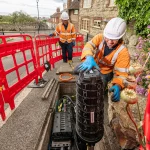

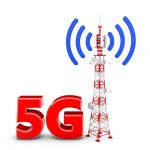
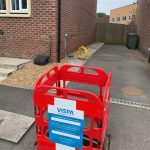
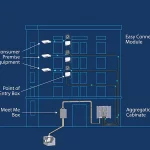



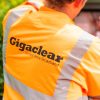
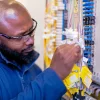






































Lack of broadband was what put me off a new build I was interested in. The developer said “oh get a dongle”.
I live on a OFNL served development, and the only thing of slight concern, is that when asked, neither OFNL or my ISP (See the light) could answer my question regarding future speed.
currently the OFNL ISP’s sell 3 tiers, roughly 70-80Mbs, 100-160Mbs and 360Mbs, all on a gigabit bearer, but no sign of any future increases, where as the adjacent estate with 3-4-5 year older new build properties have just at BTOR FTTP with a purchasable 1Gbs available.